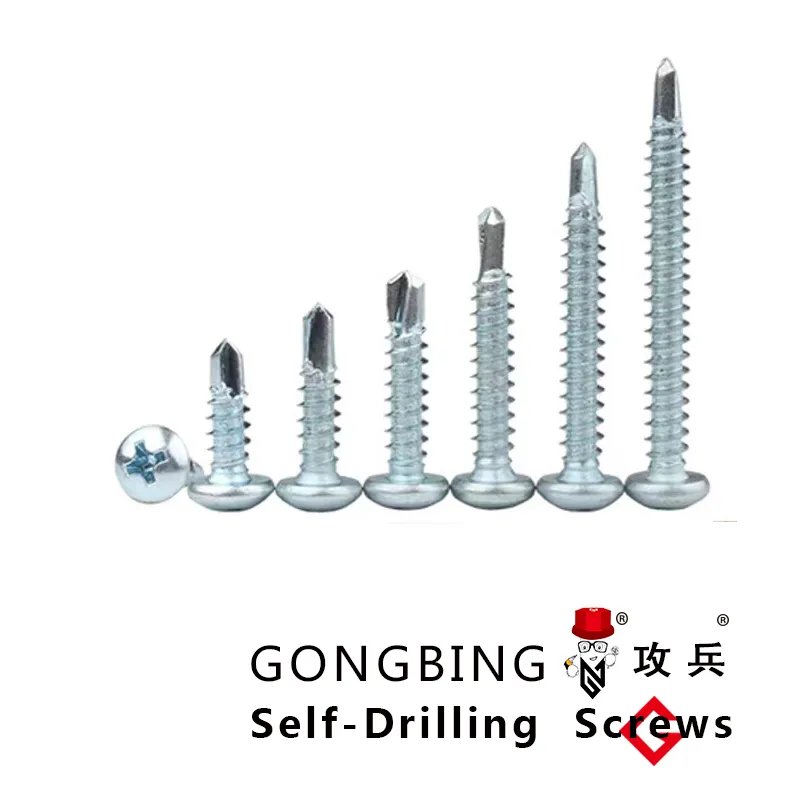Understanding Chemical Expansion in Bolts for Improved Performance and Reliability
Chemical Expansion Bolt An Overview
The chemical expansion bolt, also known as a chemical anchor, is a specialized fastening device designed to secure components to various substrates, particularly concrete. Unlike traditional mechanical anchors, which rely primarily on friction to hold objects in place, chemical expansion bolts utilize a bonding agent, typically a resin or adhesive, to achieve a robust bond with the base material. This type of anchor is particularly advantageous in applications where mechanical anchors may not provide sufficient hold or where they could compromise the integrity of surrounding materials.
Composition and Structure
Chemical expansion bolts consist of two primary components the metal bolt itself and a chemical adhesive that is injected into a pre-drilled hole in the substrate. The bolt is usually made of high-strength steel, ensuring that it can withstand substantial loads. The chemical resin is then introduced into the hole, often through a cartridge or a dual-component system that mixes the resin and hardener just before application.
The chemical reaction between the components of the resin initiates the curing process, which ultimately results in a secure bond between the bolt, adhesive, and the substrate. This method of anchoring is particularly effective in environments subject to vibration and dynamic loads, making them ideal for applications such as machinery installation, structural reinforcements, and outdoor fixtures.
Applications and Benefits
Chemical expansion bolts are widely used in construction, maintenance, and various industrial sectors due to their versatility and strength. Some common applications include
1. Structural Attachments Used for securing structural steel, frameworks, and precast components in concrete structures. 2. Electrical and Mechanical Equipment Excellent for mounting heavy machinery, where vibration may cause traditional anchors to loosen.
3. Post-Tensioning Systems Often utilized in reinforced concrete structures to provide additional support and stability.
4. Heavy Fixtures From shelving to artwork displays, chemical anchors allow for secure attachment that can bear significant weight.
chemical expansion bolt

The benefits of using chemical expansion bolts are numerous
- High Load Capacity These anchors can support more weight than traditional mechanical anchors, making them suitable for heavy-duty applications
.- Versatile Installation They can be installed in a variety of materials, including cracked concrete, solid masonry, and even some types of stone.
- Reduced Risk of Damage Because they do not rely solely on expansion, there is a lower risk of damaging the substrate during installation.
- Corrosion Resistance Many chemical anchors are designed to resist corrosive environments, making them suitable for outdoor and marine applications.
Considerations and Limitations
While chemical expansion bolts offer many advantages, there are some considerations to keep in mind. The installation process requires careful attention to detail. The hole must be cleaned properly to ensure optimal bonding with the adhesive. Additionally, the curing time varies based on environmental conditions, which means the anchor may not be fully operational immediately after installation.
Moreover, temperature and humidity can affect the effectiveness of the chemical bond. It is essential to select the right type of adhesive for the specific environmental conditions the anchor will be subjected to.
Conclusion
In summary, chemical expansion bolts serve as an innovative solution for secure anchoring in various applications. Their ability to create a strong bond through chemical means, rather than relying solely on mechanical expansion, offers significant advantages in many construction and engineering scenarios. When correctly installed, they enhance the safety and stability of structures while providing flexibility in terms of application and design. As industries continue to evolve, the importance of such advanced anchoring systems will undoubtedly grow, solidifying the role of chemical expansion bolts as essential components in modern construction practices.
-
Weatherproof Plastic Expansion Anchors for OutdoorNewsJun.06,2025
-
Sustainability in the Supply Chain: Eco-Friendly TEK Screws ProductionNewsJun.06,2025
-
Load-Bearing Capacity of External Insulation FixingsNewsJun.06,2025
-
Double Head Bolts: Enhancing Efficiency in Industrial MachineryNewsJun.06,2025
-
Corrosion Resistance in Chipboard Screws: Coatings for Wholesale DurabilityNewsJun.06,2025
-
Butterfly Toggle Bolts : Enhancing Structural ResilienceNewsJun.06,2025
